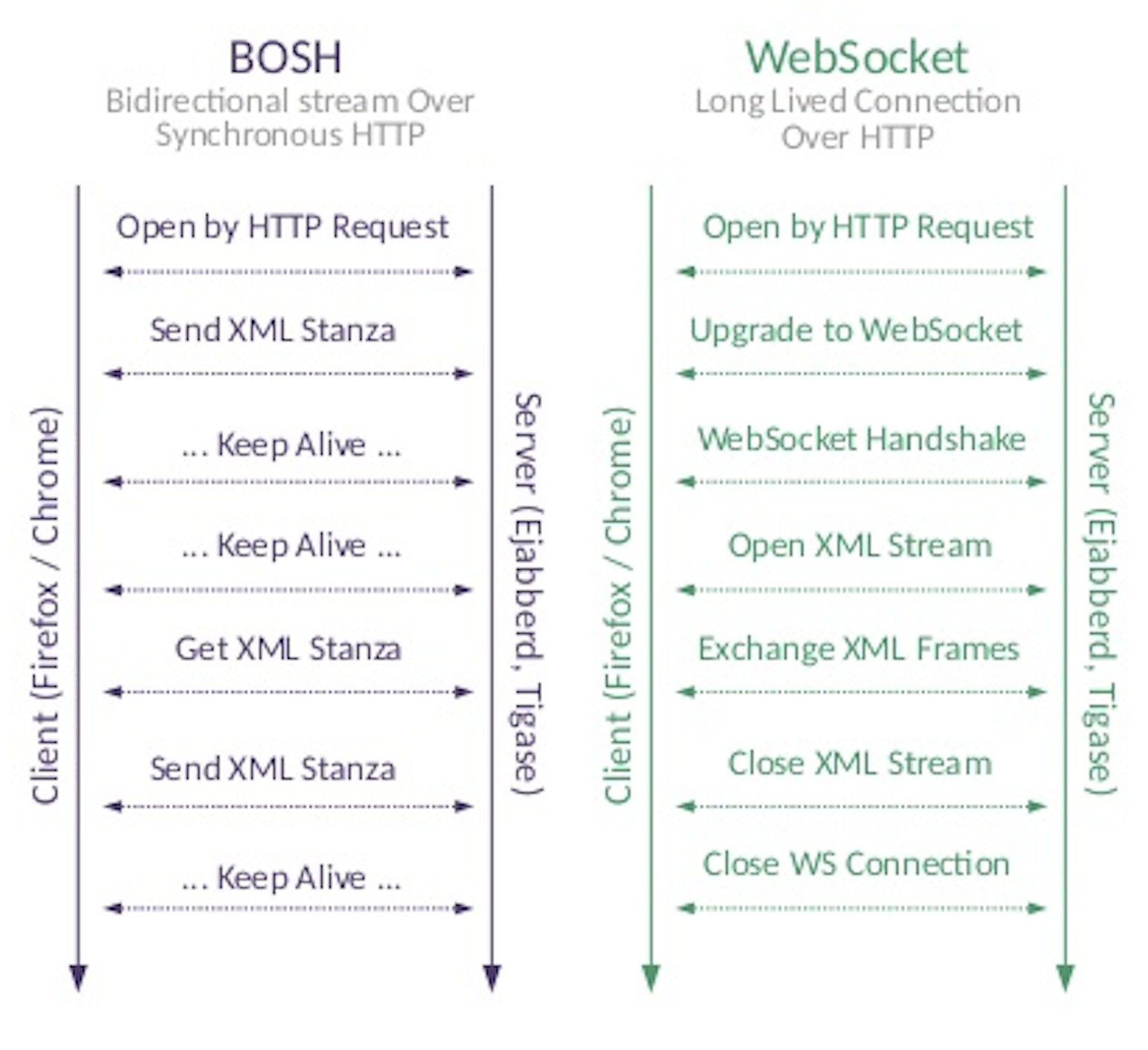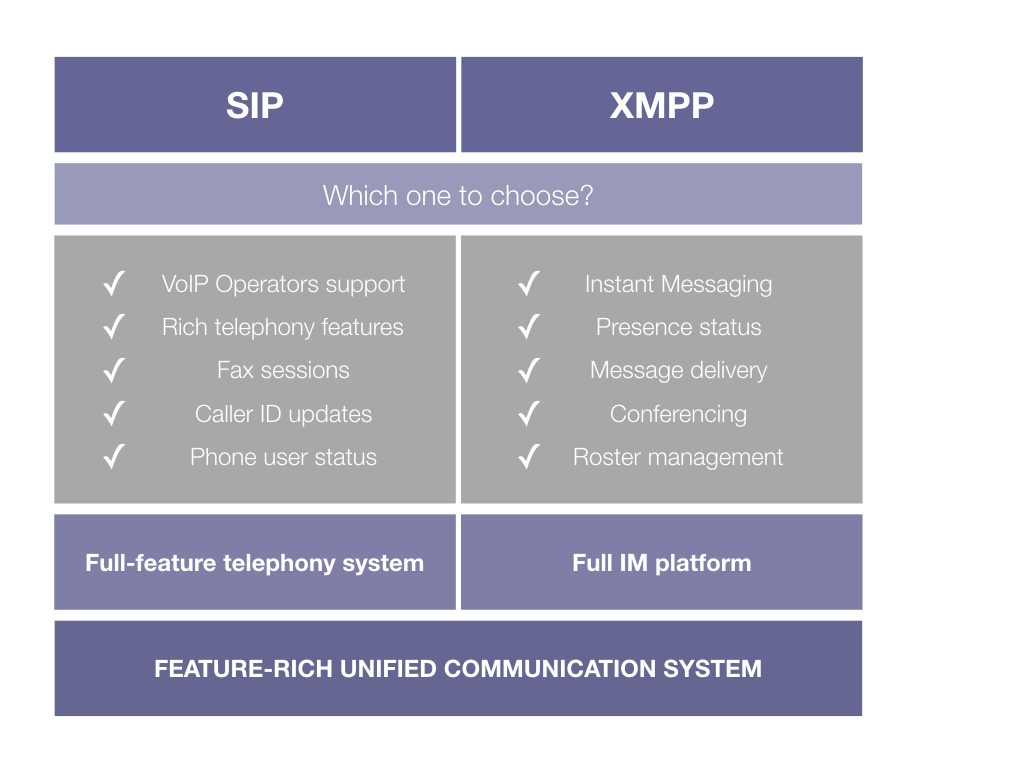 Media is another vital component of a Unified Communication system. Once signaling is in place and working between two endpoints, information about media capabilities can be transferred, eventually allowing for streaming audio, making video calls, or exchanging other information.
Media is another vital component of a Unified Communication system. Once signaling is in place and working between two endpoints, information about media capabilities can be transferred, eventually allowing for streaming audio, making video calls, or exchanging other information.
In this blog article we will analyze what technologies are used to transfer information about available media between endpoints.
SDP
SDP (Session Description Protocol) is a format for describing streaming media initialization parameters standardized by IETF in 1998.
What follows is the Session Description fields usage and an example:
Continue reading “Media transfer in Unified Communications – SDP protocol”
 This time we will talk about transport protocols over the web, in particular, about
This time we will talk about transport protocols over the web, in particular, about  In this blog article we will discuss the basic standards used for real-time communications — SIP and XMPP — what is the difference, how each of them works, and, which one to choose.
In this blog article we will discuss the basic standards used for real-time communications — SIP and XMPP — what is the difference, how each of them works, and, which one to choose. 
 Web-based VS native administration is a long-standing dispute within this field. This topic is particularly important because it defines all of the user’s experience. Let’s examine, why web-based communication solutions are the best choice for delivering high service quality.
Web-based VS native administration is a long-standing dispute within this field. This topic is particularly important because it defines all of the user’s experience. Let’s examine, why web-based communication solutions are the best choice for delivering high service quality.